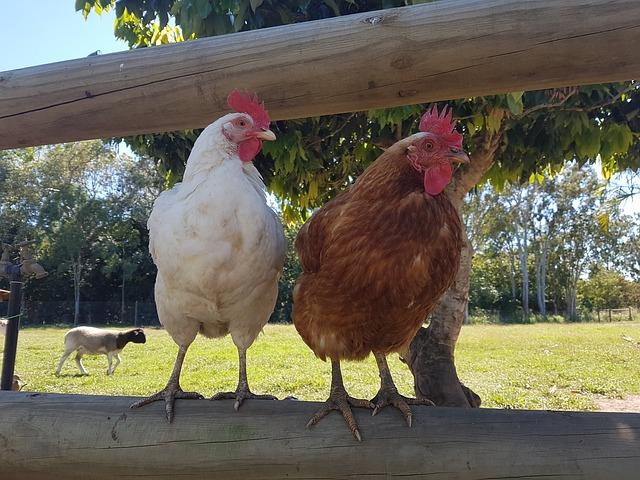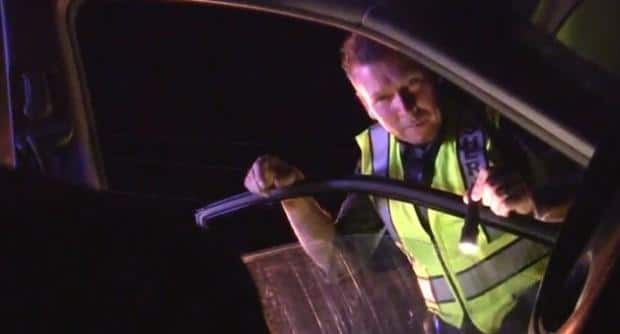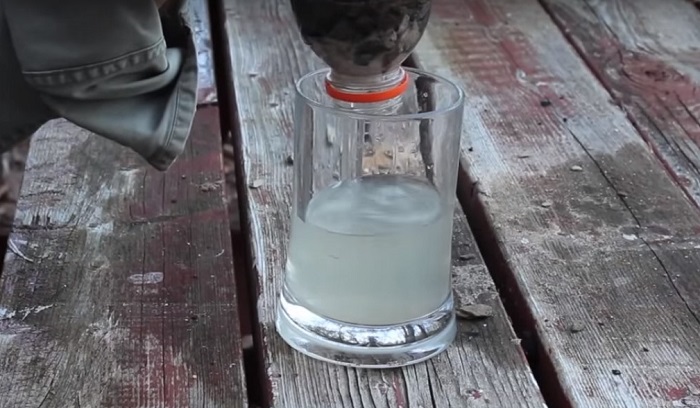Processing chickens usually involves plucking feathers, which can be a long and tedious job, especially with some heavy-feathered traditional chicken breeds such as Cochins, Orpingtons and Wyandottes. Instead of inviting a herd of neighbors over to help pluck your chickens on chicken butchering day, make your chicken meat processing easier with these simple ideas.
Skin Your Chickens
Forget plucking altogether and instead, skin your chickens. The process is quicker, eliminating not only all feathers, but the skin, excessive fat, the tail and the head. You get all of the meat in a neat, freezable package.
Diatomaceous Earth: The All-Natural Livestock De-Wormer!
The chicken skinning process is as follows:
- Hang upside down – After putting a bird through the killing cone, tie a cord between its legs, and hang it upside down from an outbuilding ceiling rafter or tree branch.
- Skin legs – Use a sharp skinning knife and start skinning from where feathers start on the legs. After just a couple of turns around a leg, and you can simply pull the leg skin off with one downward motion.
- Skin body – Make a slice from leg to leg on the bottom of the bird’s abdomen. Then, skin rearward and frontward. Again, most of the skin will separate from the meat by simply pulling it downward. More delicate skinning is required on the bird’s rump, lower back, and where its wings attach to the abdomen. Only skin to the wings’ elbow joints.
- Separate unwanted parts – Using a stiff hunting knife, make a slice on one side, and then the other side of each elbow joint, thereby severing them in two. You won’t keep the end of the wing, but there’s not enough meat on that part to worry about. Next, slice through the neck with your hunting knife. Dispose of the skin with all of the feathers, the neck, the tail with its oil gland, the head, and both wing tips. What’s left hanging is the meat and legs. Unhang this carcass, make a slice at the hock joint, snap it sideways, and then cut off the scaly ends of the chicken legs. Slice open the bottom of the cavity, pull out the guts, and wash the carcass in a bowl of fresh cold water. You can separate out the liver, heart and gizzard, if you enjoy chicken giblets.
Clean Up the Whole Bird
Thorough cleaning is best performed in a sink with running water. Rinse the cavity and remove any parts missed by prior gutting. Pay particular attention to lungs, trachea and ovaries or testes, which still might be attached. Cut away unwanted fat. Trim any remaining feathers from the ends of the legs and wings.
Cut Body into Parts
To cut up your chicken into individual pieces:
- Legs and wings – Cut to the inside of the thighs. Then, grab both legs and snap them backward, exposing the joints. Cut them off of the main body and cut the drum sticks from the thighs, again through the joints. Cut the mini drum sticks of the wings off of the main body.
- Back and ribs – Stand the bird on its neck. Cut from the tail to the neck along one side of its ribs, and then cut the other side. Bend backward until the back snaps. Cut across the points of least resistance, cutting the lower back from the ribs.
- Breast – Put the front of breast down on a cutting board. Cut on both sides of the cartilage, slide fingers along the breast bone and peel it out. Cut the breast in half, giving you two pieces of breast meat.
Story continues below video
Packaging and Freezing
A nice aspect with skinning and cutting up your chicken is that you get a more compact package of chicken meat that fits better in the freezer than does a round chicken carcass. After you’ve cut up your chicken, thoroughly wash all parts again under cold water. Then let the water drain from the chicken parts by leaving them in the sink with the water turned off.
Avoid wrapping chicken meat in freezer wrap paper. Chicken meat lasts longer in the freezer when it’s packaged in plastic. Zippered gallon freezer bags work best. Traditional chicken breeds butchered at 12 weeks old will fit nicely into gallon freezer bags. Once excess water drains off the chicken parts, place them all within a gallon bag, partially close the plastic zipper of the bag, and then squeeze excess air from the bag before closing it.
You now have a nice, flat package of chicken meat. Now, wasn’t that easier than plucking the chicken?











